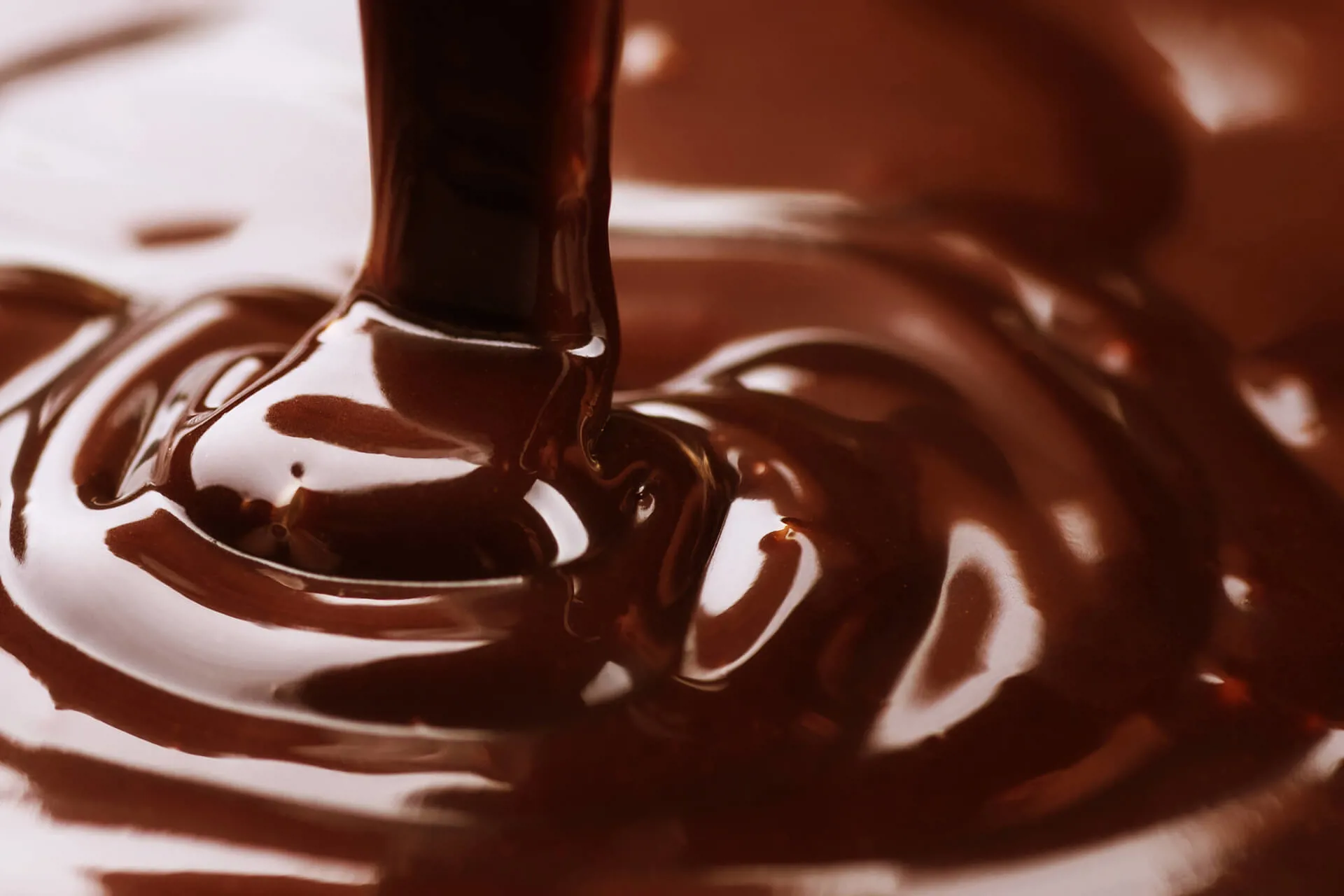
FEATURE ARTICLE
TECHNICAL ARTICLE
Keeping rheology simple and accessible can cause problems in the daily production of chocolate due to a lack of information. Moving beyond single-speed chocolate viscosity measuring to flow-curve or three-step viscosity measuring, allows for a better understanding of practical production situations such as moulding and enrobing as well as the true savings of optimal emulsifier usage, exemplified by Palsgaard® AMP 4455 and Palsgaard® PGPR 4190.
